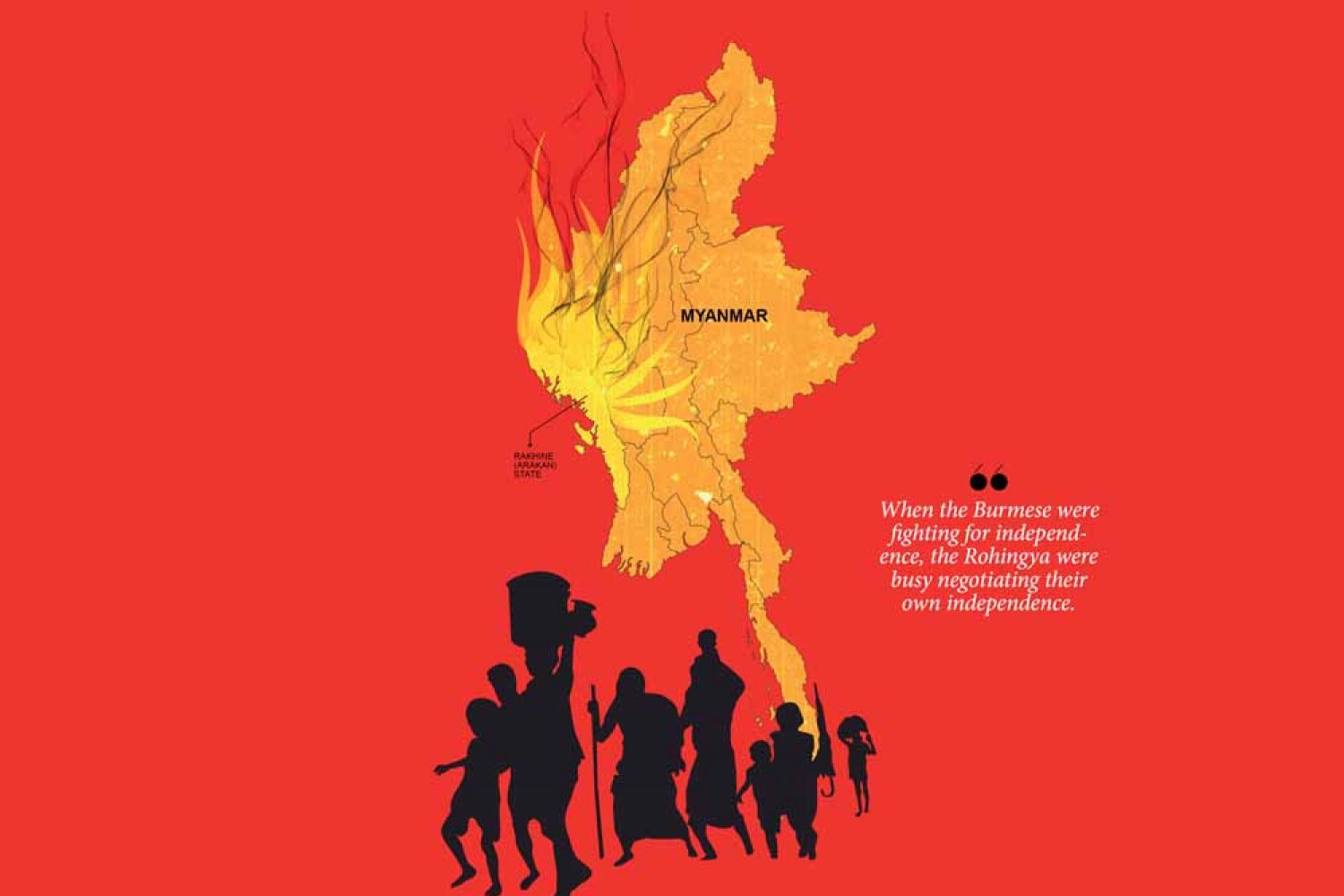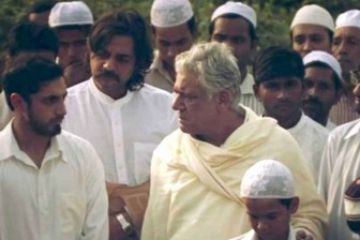
Myanmar’s historically intriguing Rohingya question is one of
the most misunderstood and ill-informed international crises of our time. So
much ignorance is attached to the subject that the world is blind even to the
precise headcount of Rohingyas. From the first ever census in 1872 to the
latest in 2014 there is no record of the Rohingya numbers.
W. W. Hunter, the census commissioner of 1872 noted that a
total of 64,315 Muhammadans—not Rohingya—were living in Arakan (now Rakhine





